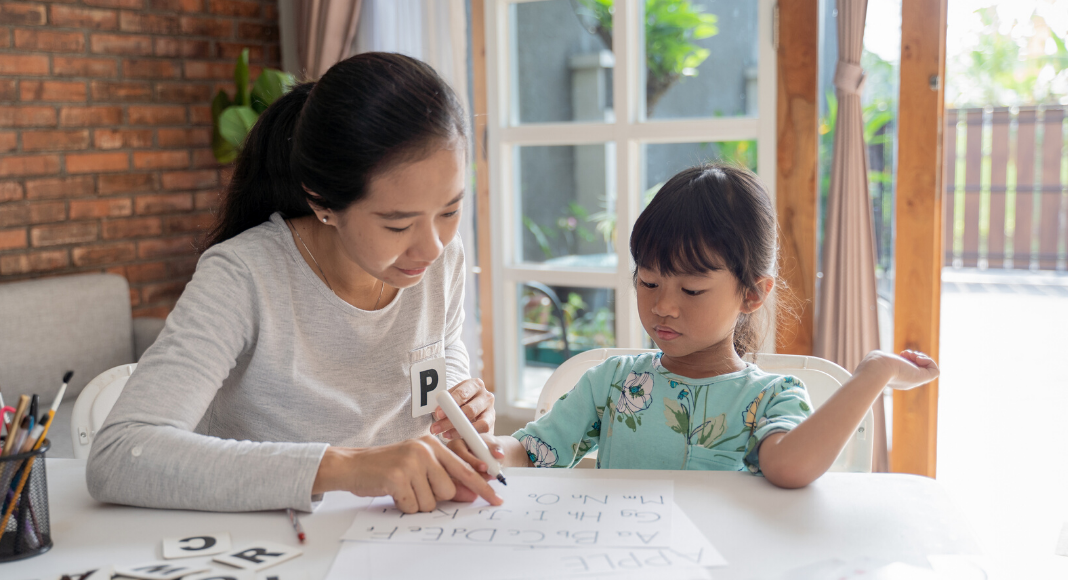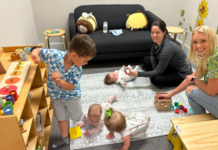
There are a lot of people talking all of a sudden about the possibility of homeschooling their children in the fall. For some, this is a response to the fact that so much is unknown about the fall and how the virus will impact educational facilities, both public and private. For others, it a response to discovering that doing life and school as a family at home was more enjoyable than they expected.
If you are among those thinking about bringing your child home for his or her education in the fall, here are some things to keep in mind, from a seven-year in-the-trenches homeschool mom.
It’s not what you’ve been doing.
When you prepare a meal for your family, do you first check your email to see what someone has said you must make for dinner? What if you don’t have the ingredients needed for their recipes? What if your child hates what is on their menu? What if that menu works for some of your children but not all of them? What if you don’t have time to follow their menu? Wouldn’t you instead figure out something that works for your family?
That is what crisis schooling has looked like for many these last few months. You have been given an educational menu for your children. Some of it has worked, and some hasn’t, but either way, you were not in control. You were implementing what someone else put together for your child. (And the teachers who put that together on the fly are absolute rock stars – just sayin’.)
In contrast, when you homeschool, YOU get to make choices – what to teach, when to teach, what materials to use, how to use them. If the math curriculum you chose isn’t working, you can adjust it or swap it out for something else completely. You are the teacher. You are not just implementing what someone else has told you to do for your child.
That seems scary at first, but trust me when I say it is liberating! It means your first concern is meeting the needs of your child, not pleasing someone else. So if you are ready to begin this journey, do so knowing that while you may have gotten a taste of this the last few months, the real thing is quite different.
It’s not public school at home.
While we are on the topic of how homeschooling is different from “crisis schooling”, let’s take a moment to make a clear distinction between “public school at home” program, such as K12 and Connections Academy, and “homeschool.” These are not the same.
That is not to say that homeschooling is better or worse than public school at home, but there are clear legal differences that parents need to understand. The biggest difference, like crisis schooling showed, is who is in charge.
In public school at home programs, the parent is not choosing the curriculum. It is set up in advance and it is important to understand and adhere to the school’s policies about attendance and completing assignments. For some parents, it is a great comfort to not have to figure any of that out and to know there is another teacher in charge. Others find this to be too restricting, compared to the independence you have when you choose to homeschool.
This is where it is helpful to know your ultimate goal in bringing your child home for school. If you are planning to just have your child stay home for a time and then go back into the public school, then public school at home may be a great choice for you. If you plan to homeschool for the long term, you may want to have more freedom.
It doesn’t have to look like public or private school.
You don’t have to have a school room, teach for seven hours a day, or even teach during “school hours”. You don’t have to have workbooks. You don’t even have to follow the state standards. You do have to follow the law (you can see the SC law here and a summary of it here), but SC law leaves a lot up to the parents.
Most homeschool students spend a lot less time on formal school than those who attend “brick and mortar” schools, simply because of all the time that gets spent in a regular classroom on behavior management. Primary grades schoolwork can often be done in two hours or less, upper elementary in about three hours, middle school in about four hours, and high school in up to six hours – but no extra homework (it’s all homework, right?).
And that doesn’t mean that the parent needs to be 100% engaged during that time. The older a student gets, the more independent he or she will become. While I am very hands-on for my son (rising third grade), about half of what my daughter does can be completed without my help, leaving me free to do my own tasks. Even my son has educational activities that can be done on his own.
It’s not that hard.
That doesn’t mean its not hard. Sometimes it is, really hard. But parenting is hard, too, and at its core, a lot of homeschooling is just extended parenting.
There are also so many resources today – from curriculum company websites, to blogs, to social media groups, to online resources like TED talks and Khan Academy, to Zoom-powered live online classes, as well as in-person co-ops, classes, and support groups. Homeschooling is becoming more mainstream, which means more affordable support for parents who want to pursue this. Even the cost of curriculum varies from free to expensive and everything in between.
Of course, some families have some pretty big barriers, whether that means parents who need to work, or students with special needs, or something else. But for every barrier out there, there is very likely someone who has experienced something similar and has written about it and given ideas for how to homeschool in spite of it.
Will those work for everyone? No, but if you have a strong desire to homeschool, before you assume that your specific situation is insurmountable, look around for those who have gone before you and see if their ideas will work for you.
It’s not forever.
This decision is not as big as you think it is. I know it feels huge right now, but a lot of homeschool families take it one year at a time. In fact, you can even take it one semester at a time, and if it is really not working, you can always enroll your child in a public or private school halfway through the year.
However, if you do decide to give it a try, I want to encourage you to not give up at the first sign of struggle. Like every other experience, homeschooling has a learning curve. If, when you hit a patch of trouble, you reach out to your tribe, ask for help, and persevere, you are likely to discover on the other side the blessing that comes with working through difficulty as a team – you and your child. And that is one of the greatest parts of the homeschool journey – building family ties as you learn and work together.














